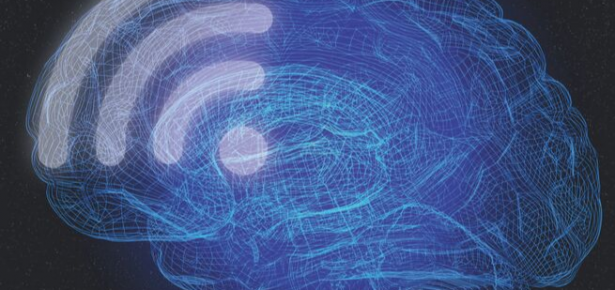
In the era of Internet of Things (IoT), billions of smart devices, household appliances, smart phones, sensors, vehicles are connected by radio frequency signals. With the ubiquitous deployment of wireless radio devices, it will be possible to measure and track virtually everything everywhere.
In fact, here when one refers to “wireless,” it is no longer in the narrow sense of communications. It has been for so long that we have been only concerned with the messages sent to us and have ignored that the radio signals actually contain rich information about our environment and activities. If we can make sense of the radio signals, as if we are evolving to a new sixth sense that allows us to sense/detect/track/recognize our environments and activities and communicate, it is in essence a new intelligence. The information analytics, signal processing, and machine learning that enable such a new intelligence constitute an emerging field of wireless artificial intelligence (AI).
There have been many recent efforts in the research community trying to unlock the secret of wireless AI. In this book, we would like to offer our view by combining the physical principle of time reversal and signal processing/information science to provide unprecedented solutions to some difficult questions and further develop a unifying framework to enable the wireless AI dream as we envision.
In wireless propagation, multipath is a common phenomenon that is well known as a source of interference or noise that people have been trying to take out or alleviate. In fact, each multipath can be viewed as a virtual antenna/sensor. With the ever-increasing large bandwidth in next-generation wireless systems, more and more multipaths can be seen and richer information becomes available.
As the multipaths are surrounding us as virtual antennas, we have to resort to physics so that we can generate a waveform to reach out to them, and one such physics is the principle of time reversal, which can help us control the multipaths to generate a high resolution spatial–temporal resonance, commonly known as the focusing effect. In physics, the TR spatial–temporal resonance can be viewed as the result of the resonance of the electromagnetic (EM) field in response to the environment. When the propagation environment changes, the involved multipath signal varies correspondingly, and, consequently, the spatial–temporal resonance also changes.
Inspired by this, various types of analytics that can decipher the radio waves to unveil the activities around us, based on the wireless channel state information (CSI), can be developed and many cutting-edge IoT applications envisioned for a long time but never achieved become possible. In this book, we provide a comprehensive coverage of fundamental issues that form a wireless AI platform for a wide range of application, including centimeter-accuracy indoor positioning, wellness monitoring, home/office security, radio human biometrics, health care, wireless charging, and 5G communications. With this book, we hope to provide a bridge between advanced scientific research and practical industry design and implementation and offer readers a glimpse of what the future wireless AI can achieve.
Latest Comments
Have your say!